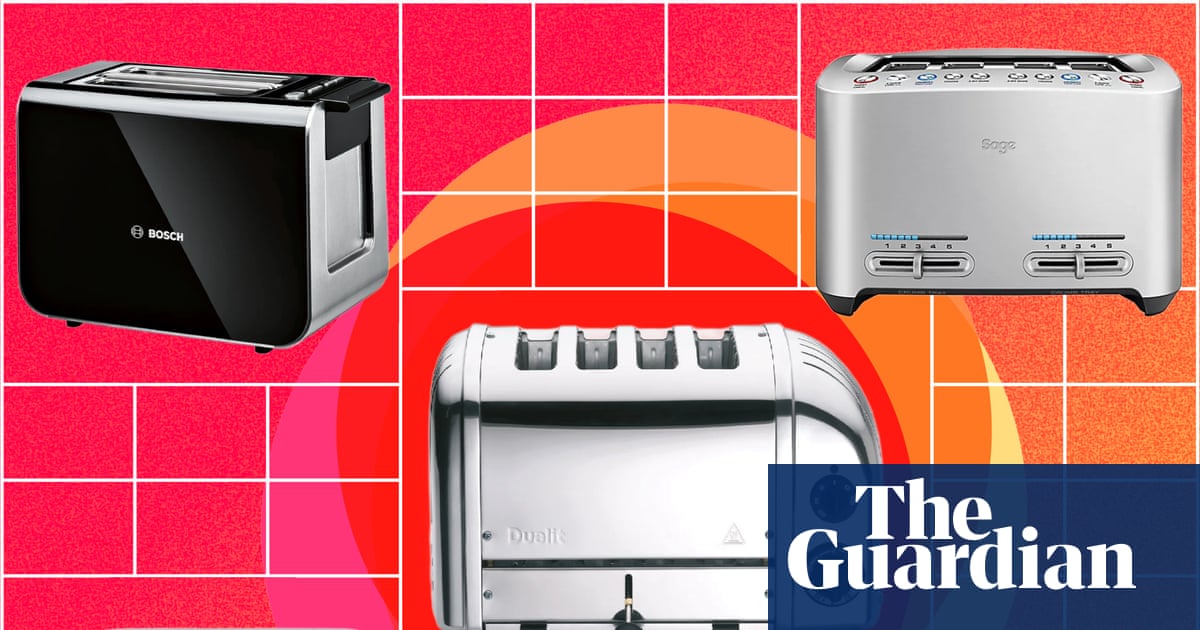It’s taken more than 2.5 million years to get from the earliest sharpened-stone version of a knife to what Scott Heimendinger believes is a modern kitchen marvel.
A longtime inventor and culinary technologist, Heimendinger is the founder and CEO of Seattle Ultrasonics, and he’s just released the startup’s signature product — an ultrasonic, 8-inch chef’s knife intended to make life easier for home cooks.
The C-200 is billed as the world’s first such tool, and it builds off Heimendinger’s 15 years of experience innovating around kitchen and food technology. He was previously director of applied research for Modernist Cuisine; CMO and chief innovation officer for Anova; and founder of Sansaire, a sous vide startup.
At $399, the ultrasonic knife eclipses the $170 versions listed atop Food & Wine’s roundup of the best traditional chef’s knives. And while Heimendinger’s knife still features a great piece of sharp Japanese san mai AUS-10 steel, it’s the handle that does the heavy lifting, with electronics that produce more than 40,000 vibrations per second, making the knife behave sharper than it physically is.
The only noticeable difference is a power button that a chef has to hold while cutting.

But Heimendinger is not just leaning on technology for kicks. He’s critical of the smart kitchen revolution from several years ago that saw WiFi jammed into every other kitchen gadget.
“If it didn’t make the tool work better, I would have abandoned the product, because it’d be dishonest,” Heimendinger said.
And thanks to a robotic assistant, he has the data to back up his claim that the knife does indeed cut better. Heimendinger bought 21 of the most popular chef’s knives and put them to the test with J Robot Choppenheimer, a robotic arm that repeated exact slicing motions across different foods mounted on 3D-printed holders resting on a very sensitive scale.
He collected 100,000 data points and studied things such as edge angle and retention for his “Quantified Knife Project.” The data and software he wrote for the project are open-sourced on GitHub.
“If I was gonna try to make a knife better, first I needed to understand, ‘better than what?’” he said, adding that as a former Microsoft program manager working on products such as Excel, the data is key.
Heimendinger ultimately found, thanks to perfecting the blade vibrations facilitated by the handle’s piezoelectric crystals, that the ultrasonic knife requires less downward force to glide through a tomato or carrot or loaf of bread or any other food item.

It’s been a five-year journey for Heimendinger, who raised $2 million in pre-seed funding to fuel his startup.
The knife is now sold via the Seattle Ultrasonics website. It’s the product of a global supply chain, with three-layer Japanese steel that is fabricated into blades in China before heading to Malaysia to be assembled with all of the electronics and packaging.
Tariffs aren’t helping, but Heimendinger subscribes to the Eames design philosophy to “make the best for the most for the least.” A sleek, wall-mounted charging tile sells for $150 and can currently be bundled with a knife for $499.
Heimendinger started with the chef’s knife because it’s a kitchen workhorse, but a full lineup of knives is planned, including a bread knife, santoku, vegetable cleaver, and others. A paring knife might be tough because the handle holding the electronics can’t get much smaller.
“I think in the long term, the sonification of the kitchen could be a thing,” Heimendinger said. “I’ve got a long product roadmap of other ultrasonic stuff.”
He teased one such idea because a patent filing is already out there: ultrasonic ice cream scoop.
“Imagine just having less friction, being able to break up those ice crystals,” he said, before conceding “it’s gonna take years to get through all of that, and there’s a lot to do in knives before we even get there.”











